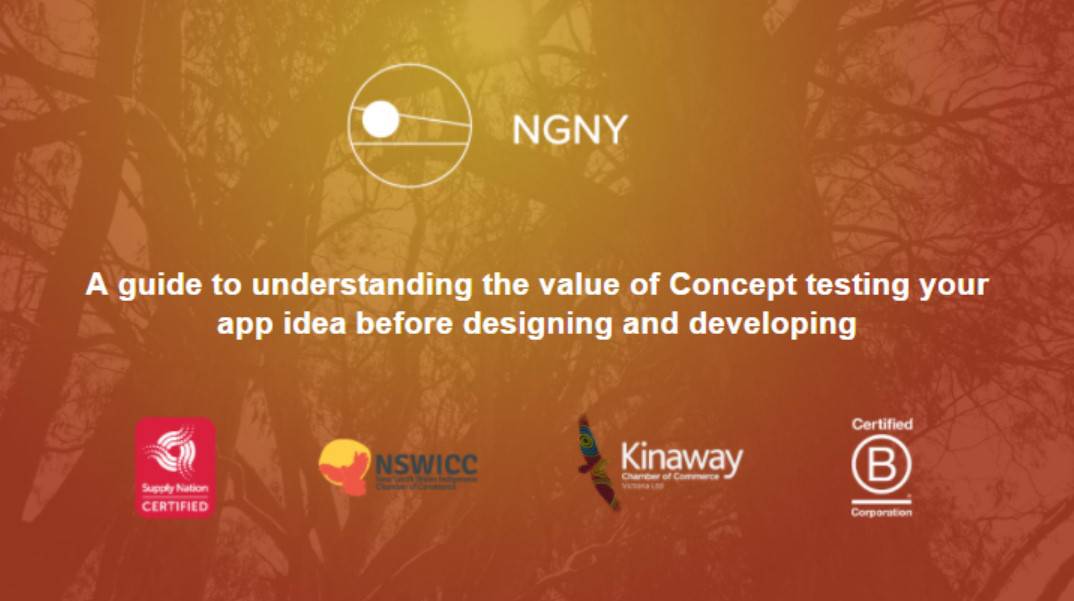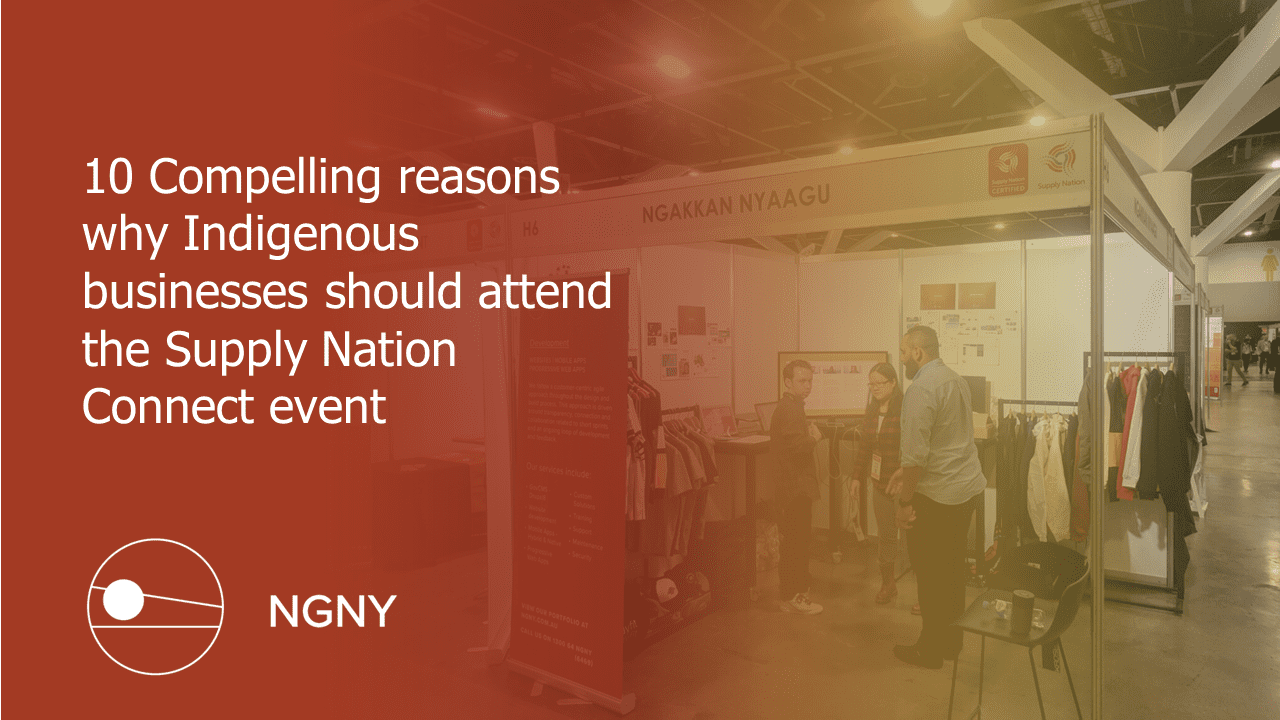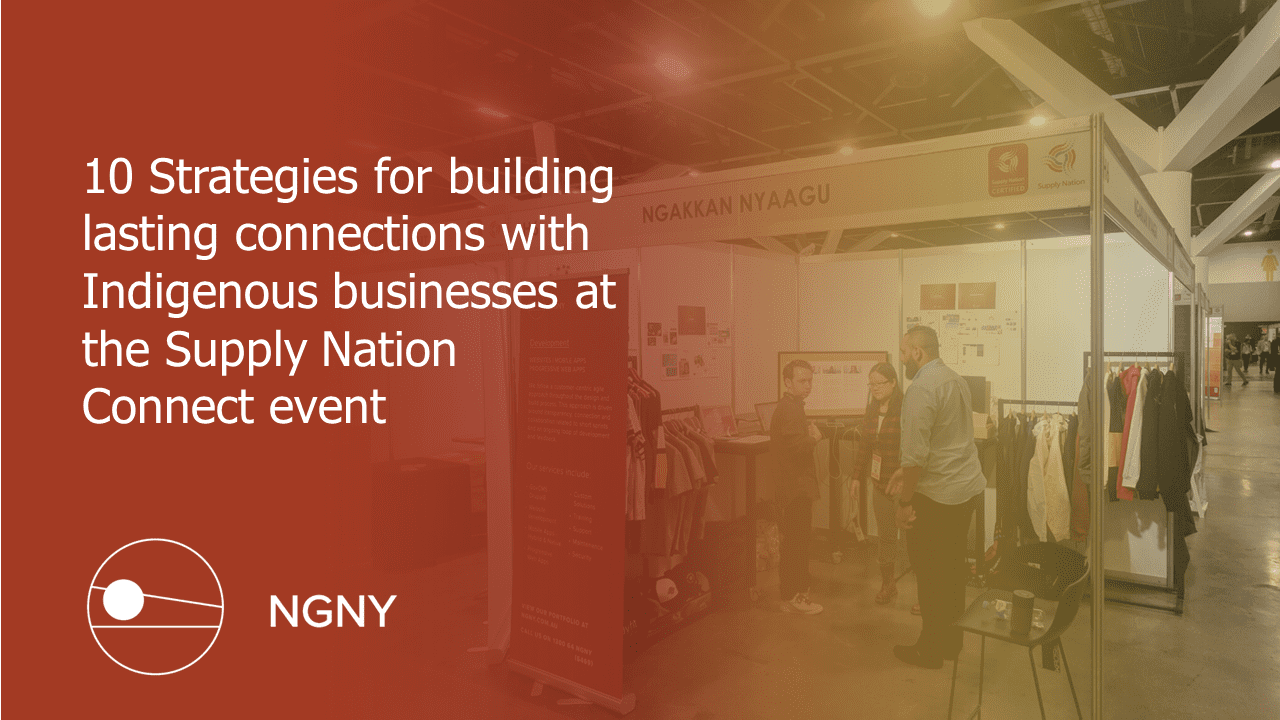
Usability testing is a way of testing how easy it is to use a product by actually testing it with real users in order to identify any roadblocks or friction they might face when interacting with it. Despite the high competition overall industries, a successful app development idea can transform the traditional market and pull your product ahead of the major business players. But here the next important question is rising, that is how to validate your app development idea and make sure it will be truly profitable. By providing a great user experience for your users, not only can you increase the probability of them completing conversion tasks across your product, but you can change lives. Because there are a lot of varied applications out there all aimed to solve an existing daily problem, making your interactions as simple and intuitive as possible is in essence making your end users’ lives easier.
If your product or service is able to help your users complete their tasks or solve their problems as quickly as possible, this will leave a lasting impression, one of which they will happily talk about to their friends and family. You might ask why you need to run your app idea validation? It’s because having only the application concepts is not enough. You need to do research to be sure your ideas are realistic, valid and will bring profits before you start production.
That’s because app development is quite costly and spending a lot on the app that will be another similar one to already existing ones can ruin your business. For sure, it depends on its complexity and industry, but according to the Clutch survey, companies stated that the median cost of app development is near $171,450 per app. Though some apps can cost well in excess of $500,000, the average range of how much app development costs is the next. Keeping in mind these numbers, you need to make sure your app will truly beat the market and doesn’t break your business.
This is all another way of saying that idea validation for your app can potentially be a lifesaver for your business. It’s not a step that you can afford to neglect, particularly if you have limited financial resources on which to draw or you’d like your app to beat the market with its first release. Here we are going to discuss every step of the app validation process so that you can avoid all pitfalls and create the perfect mobile solution.
1. Find Out the Size Your Potential Market
Even if your app would solve a significant problem for a group of target users, your idea probably won’t be successful if there aren’t enough people in that group. How many people should you be looking for? The answer will vary depending on the nature of your app and your marketing strategy. To get an idea of how large your target audience is, type a few search terms into Google that your prospects would use to find a solution to the problem your app solves. You can also look for social media groups or forums that focus on the issue your app addresses.
2. Listen to What Your Audience is Saying
To create an app that people will use regularly, you’ll need to get inside the minds of your prospects. What frustrates them the most about the issue they’re facing? What have they already tried, unsuccessfully, to solve the problem? Are there related problems that they need to fix? How do they describe their pain points? What are they looking for in an ideal solution? The more questions you ask, the more you’ll understand and the better you’ll be at meeting their needs in an exceptional way.
3. Look at What’s Trending
If you check out what’s trending in the App Store or Google Play, you can get an idea of the types of apps that are resonating with users. This strategy won’t tell you anything about your specific target market, but it will provide a look at what the masses are looking for. If your app targets a broad base of users, this info can be helpful.
4. Create a Minimum Viable Product for Testing
After you’ve worked your way through the first three steps, you should have a thorough understanding of your audience and a rough idea of how large that audience is. If you’re still confident that your idea has potential, it’s time to create a minimum viable product (MVP). An MVP is similar to a prototype in that it’s not a fully-developed product. However, an MVP is fully-functional. You can put out into the world to see how it performs. You’ll only build out the most important features that are needed to solve the primary pain points you’re targeting, so you won’t spend excess time and money on development. The app will function just like the “real” one will, but it won’t have all the features you’re planning to eventually include.
5. Create a Coming Soon Launch Page
You can do this step either before or after you create your MVP. If you want some additional assurance that there’s a market out there that’s hungry for your app before you build it, create a “Coming Soon” launch page. This page should be simple and clearly communicate your app’s unique value proposition (UVP) in just a headline or two. You’ll collect email addresses via a form with a CTA that reads, “Tell me when it’s ready!” or something similar. Once your page is built, you can run an AdWords campaign or Facebook ad campaign to promote the page and see how many signups you get. As a bonus, once your app launches, you’ll have a list of opt-in prospects ready to go, giving you a jumpstart on marketing.




